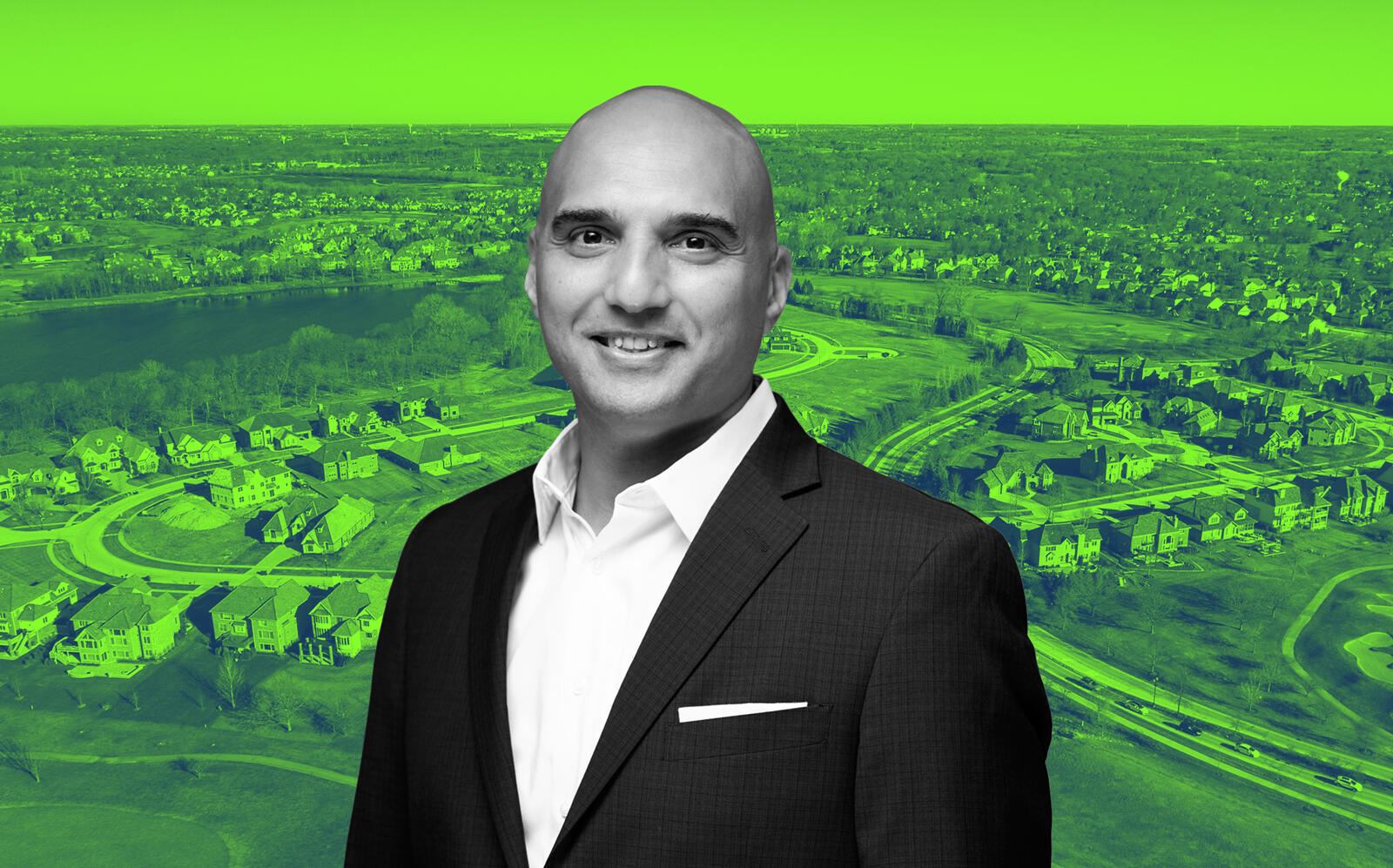Trending
Chicago’s most affordable suburbs saw biggest price gains in past year
As home prices rise, affordability gets challenged: Coldwell Banker’s central west region president

The most-affordable Chicago suburbs saw the biggest home price gains in the past year, cutting affordability and squeezing out first-time buyers.
The average price of a single-family home in Chicago Heights, 30 miles south of the city center, was $163,000 in October, leading the price gains at 39 percent from the previous year. The nearby Park Forest, it rose 37 percent to $117,000 and in Hazel Crest it was up 37 percent to $159,000, according to data provided by Coldwell Banker Realty.
Meanwhile, the average home price in the affluent western suburbs of Hinsdale, Lake Forest and Winnetka in October this year was $1.2 million, an increase of about 10 percent from 2020. The average home prices in Hinsdale and Winnetka were the highest since 2008.
“It’s a tale of two cities,” said Ayoub Rabah, president of Coldwell Banker Realty in the central west region. “The suburbs have experienced the greatest amount of home price appreciation in the market. It’s no big secret that as home prices continue to increase, affordability levels get challenged.”
The housing market is good for the rich — people who benefited from the booming stock market invested in high-end homes, which continue to gain in value. But, it’s going to put more homes out of reach for people who can’t keep up with the rising prices.
The affordability, the accessibility to the train stations and the low interest rates are what drove the prices in the three suburban neighborhoods. “It’s not only a very convenient area to live, but it’s more affordable where people are making enough to get into the more Western suburbs.” said Robert Laricy, president of Americorp Real Estate.
A recent report from Harvard University’s Joint Center for Housing Studies found that a buyer earning between 50 and 80 percent of the Chicago area’s median income could afford a house priced at $196,450 in June 2020. One year later, a home that was 80 percent of the median price sold for $220,562, making it less accessible for low-income buyers.
The city was already dealing with 120,000 fewer affordable housing units even before home prices skyrocketed this year due to a shortage of inventory, high construction and labor costs.
While programs that offer down payment assistance are needed for prospective first-time buyers, Ayoub said that homes are still affordable compared with markets in Texas, Florida and Arizona, states that have seen some of the highest price appreciation during the past year.
“Compared to other cities across the country, I think we’re still faring well,” said Ayoub, “A lot more people are getting priced out of those markets where people have migrated to.”
Ayoub expects affordable areas like Markham, home to Amazon’s new warehouse, to be developed in the new year. Amazon opened two five-story warehouses in suburban Markham and Matteson last month, where the average home price was $220,000 last month, an increase of 17 percent.
Companies opening up distribution centers in the suburbs look for areas that are affordable for their workforce, close to transportation and highways, he said.
“Those are the areas that I envision will redevelop and continue to grow, simply because that’s where the jobs are.”




